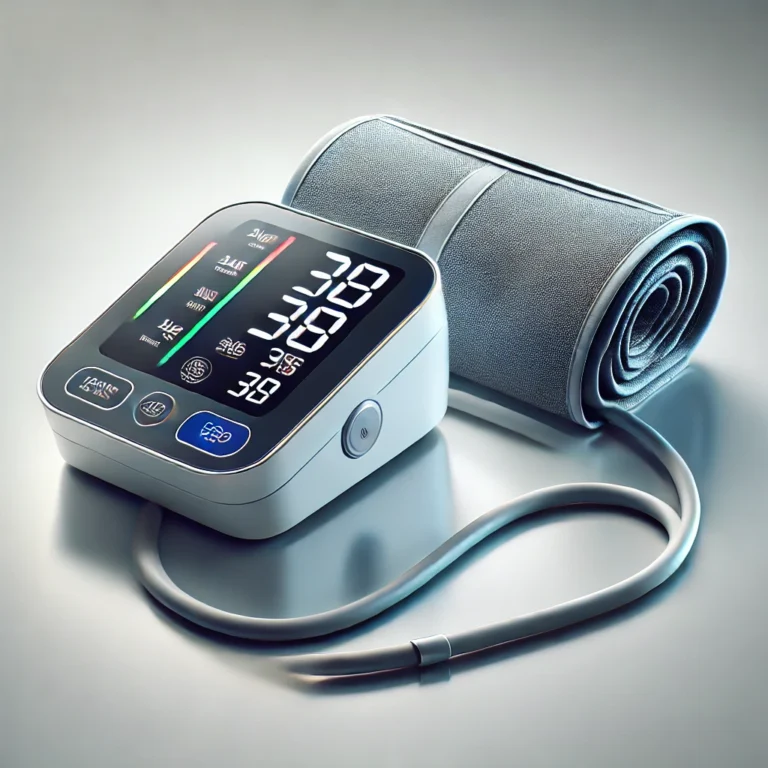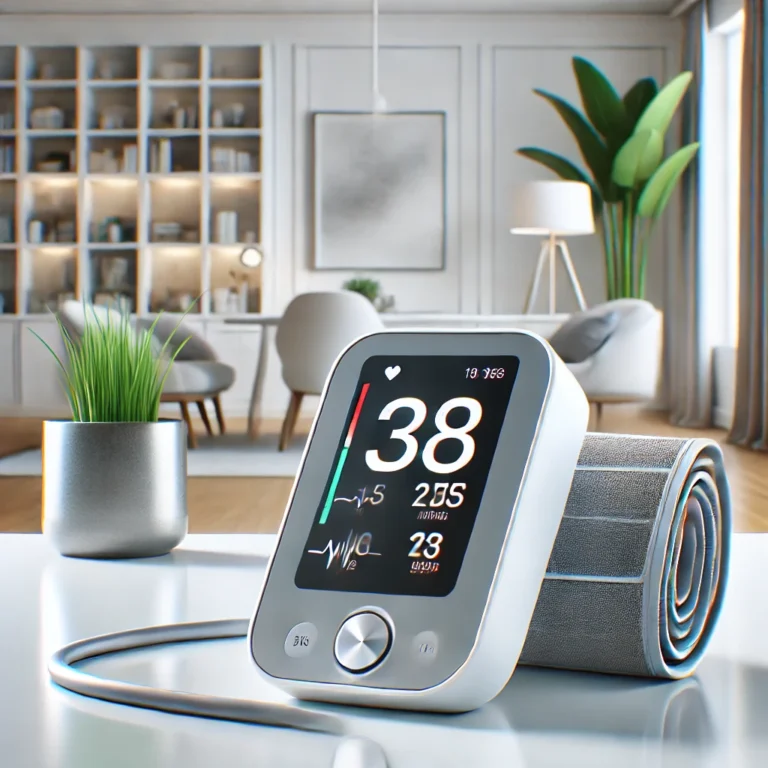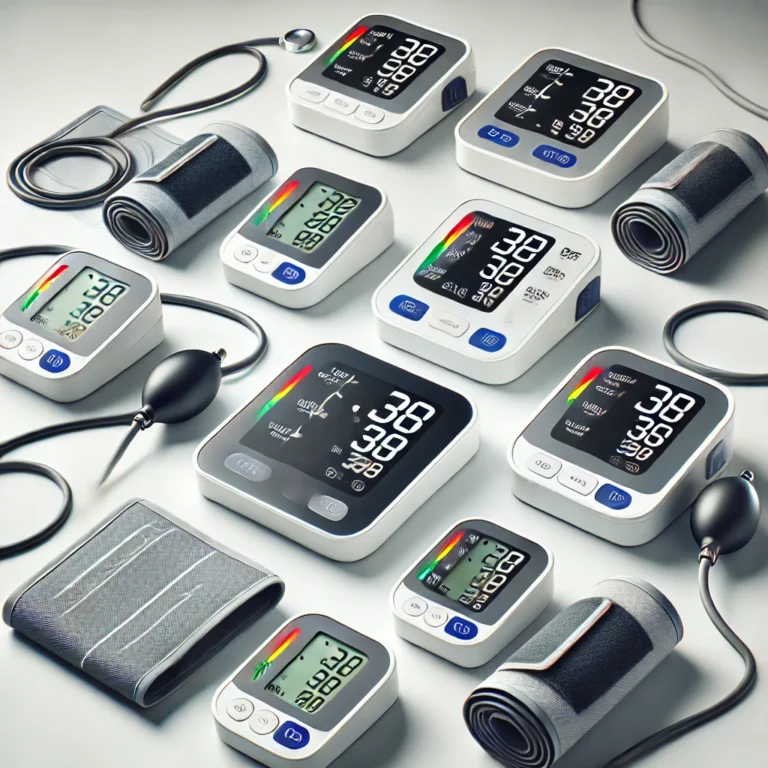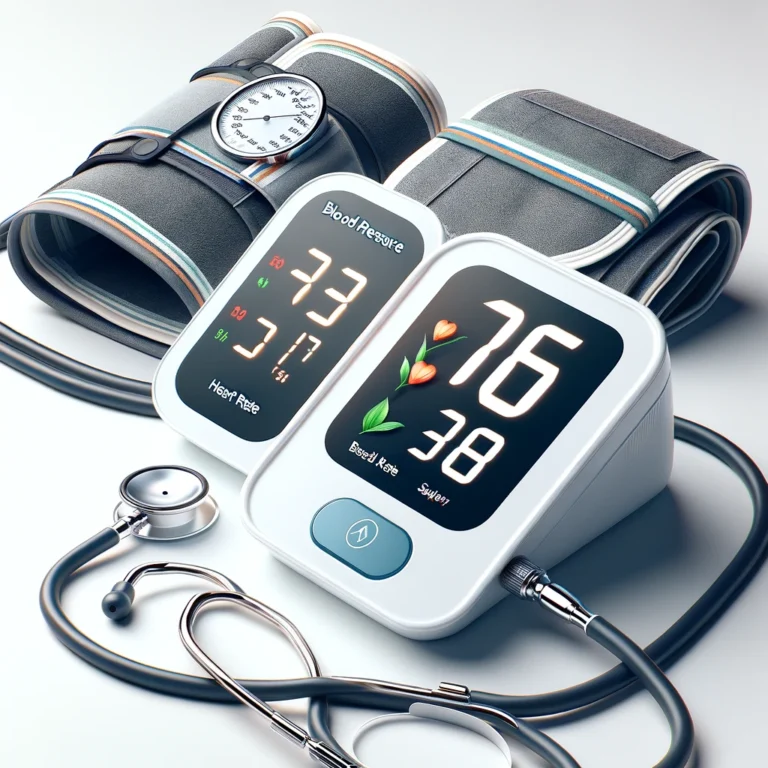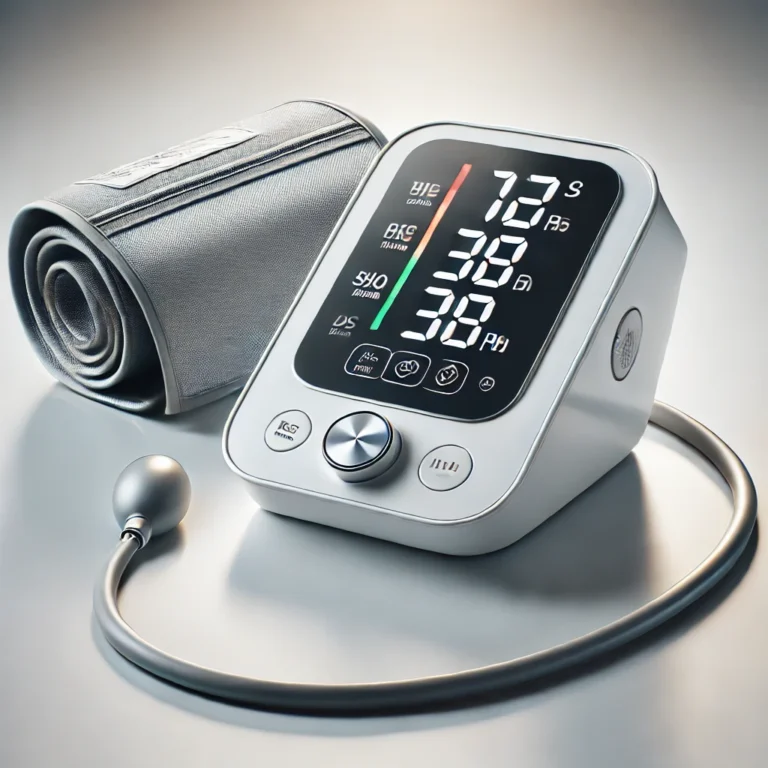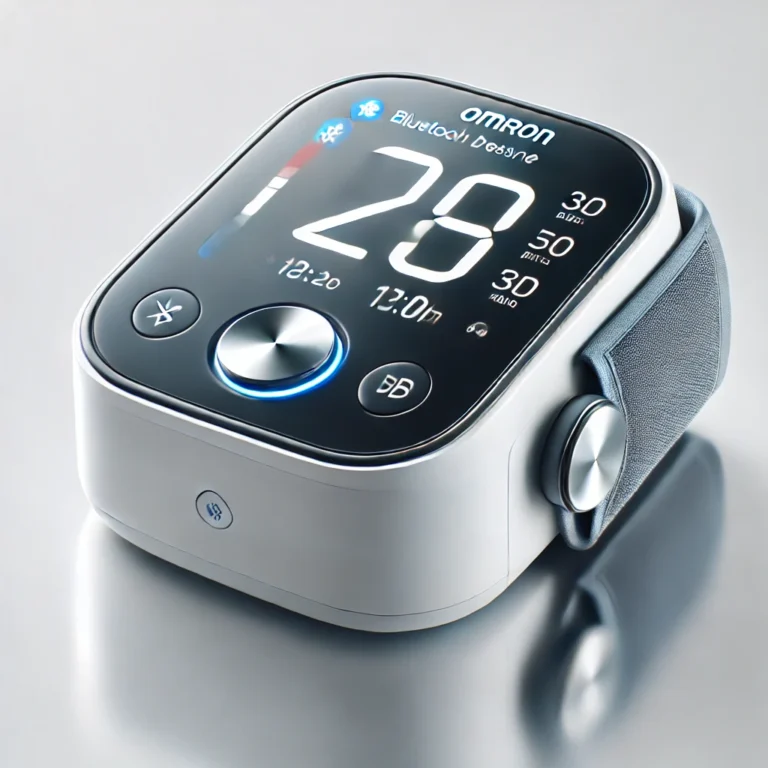How to Choose a Blood Pressure Monitor for Traveling
When you’re on the go, managing your health doesn’t take a vacation. For individuals who monitor their blood pressure regularly, having a portable and reliable device while traveling is essential. Whether you’re on a weekend getaway or a long business trip, a travel-friendly blood pressure monitor ensures you can keep tabs on your health anytime, anywhere.
But not all monitors are suited for travel. In this guide, we’ll explore the key factors to consider when choosing a blood pressure monitor for traveling, discuss must-have features, and share top recommendations to make your choice easier.
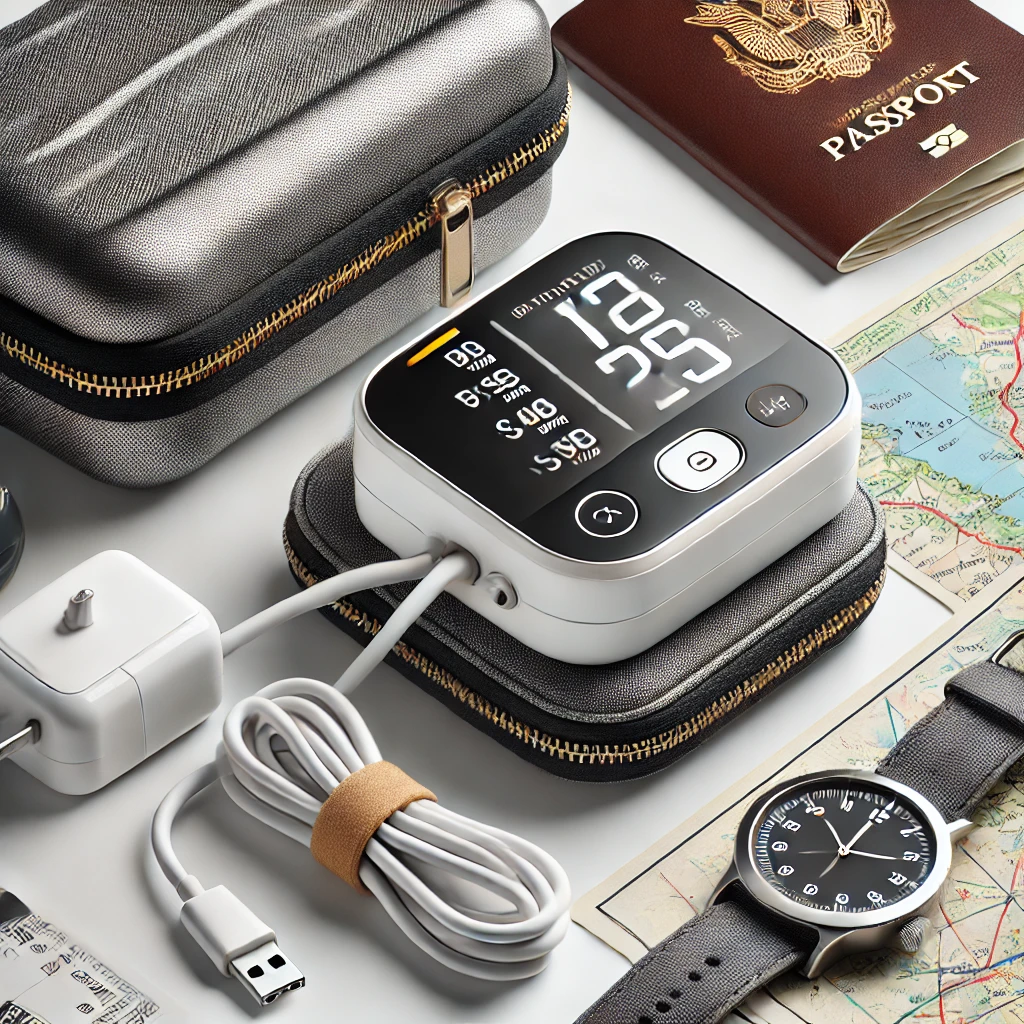
Why a Travel-Friendly Blood Pressure Monitor Is Important
Travel often involves changes in routine, diet, sleep patterns, and stress levels—all of which can affect blood pressure. Having a monitor with you helps:
Maintain Consistency: Regular monitoring ensures you stay on track with your health goals even away from home.
Manage Hypertension: For those with high blood pressure, a portable device helps track fluctuations caused by travel stress or altitude changes.
Provide Peace of Mind: A reliable monitor reassures you, especially during trips with limited access to healthcare facilities.
With the right device, you can prioritize your health without sacrificing convenience.
What to Look for in a Travel-Friendly Blood Pressure Monitor
1. Compact and Lightweight Design
A bulky blood pressure monitor can be cumbersome to pack and carry. Look for models that are:
Compact: Small enough to fit in your carry-on, backpack, or purse.
Lightweight: Easy to transport without adding significant weight to your luggage.
Pro Tip: Some monitors come with protective travel cases to prevent damage during transit.
2. Portability Features
Portability goes beyond size and weight. Consider these features:
Battery-Powered Operation: Choose monitors that run on standard batteries (e.g., AA or AAA) or have built-in rechargeable batteries for convenience.
Wrist Monitors: These are generally smaller and more portable than upper-arm models, though they require proper positioning for accuracy.
Carrying Case: A sturdy case protects your device from impacts and keeps accessories organized.
3. Ease of Use
Travel often means taking readings in less-than-ideal conditions, such as cramped hotel rooms or noisy environments. Opt for a monitor that’s:
User-Friendly: One-touch operation and clear instructions minimize the chance of errors.
Quick to Set Up: Look for monitors that don’t require complex assembly or calibration.
4. Durability and Build Quality
Travel can be unpredictable, and your blood pressure monitor should withstand occasional bumps and jostles.
Durable Materials: Look for devices made of robust plastic or materials designed for rugged use.
Temperature Resistance: If you’re traveling to extreme climates, ensure the monitor can function in both hot and cold conditions.
5. Accuracy
Accuracy is essential, whether at home or on the go. To ensure reliability:
Choose a monitor validated by the American Heart Association (AHA) or similar organizations.
Opt for upper-arm monitors if maximum precision is your priority. Wrist monitors are more portable but can be less accurate if not used correctly.
6. Memory and Data Tracking
Keeping track of your readings is vital, especially during extended trips. Look for:
Built-In Memory: Store readings to analyze trends over time.
App Compatibility: Monitors that sync with smartphone apps let you log and share data effortlessly.
Multiple User Profiles: If you’re traveling with family or companions who also need to monitor their blood pressure, choose a monitor with multi-user support.
7. Power Options
When traveling, access to power sources may be limited. Consider:
Battery Life: Devices with long-lasting battery life reduce the need for frequent replacements.
USB Charging: Monitors with USB charging capabilities are convenient for use with power banks or adapters.
Pro Tip: Pack extra batteries or a portable charger to avoid interruptions.
Additional Features to Consider
Irregular Heartbeat Detection: Alerts you to potential arrhythmias, even on the go.
Average Reading Function: Provides a more accurate snapshot by averaging multiple readings.
Quiet Operation: Ideal for discreet use in public places like airports or trains.
Top Recommendations for Travel-Friendly Blood Pressure Monitors
Here are some of the best monitors designed with travelers in mind:
1. Omron Evolv
Why It’s Great: A sleek, all-in-one upper-arm monitor with no external tubes or wires.
Features: Bluetooth-enabled, compact design, validated for accuracy.
Perfect For: Travelers seeking advanced features in a portable form.
2. Withings BPM Connect
Why It’s Great: Compact, Wi-Fi-enabled, and integrates seamlessly with health apps.
Features: Rechargeable battery, lightweight design, durable carrying case.
Perfect For: Tech-savvy travelers who prioritize app integration.
3. iHealth Track Blood Pressure Monitor
Why It’s Great: Affordable and travel-friendly, with large buttons and display for easy use.
Features: Memory storage, app compatibility, adjustable cuff.
Perfect For: Budget-conscious travelers seeking reliability.
4. Greater Goods Wrist Blood Pressure Monitor
Why It’s Great: Ultra-compact and lightweight, ideal for those prioritizing portability.
Features: Quiet operation, automatic inflation, carrying case included.
Perfect For: Frequent flyers looking for a wrist monitor option.
Tips for Using a Blood Pressure Monitor While Traveling
Measure at the Same Time Daily: Maintain consistency by measuring your blood pressure at similar times, even while traveling.
Find a Quiet Space: Choose a calm environment for accurate readings, away from distractions or noise.
Position Correctly: Sit upright with your arm at heart level for upper-arm monitors, or ensure your wrist is aligned properly for wrist monitors.
Pack Smart: Store your monitor in a carry-on bag to prevent damage or loss.
Adjust for Altitude: If you’re traveling to high-altitude locations, note that your blood pressure may naturally fluctuate.
Conclusion
A travel-friendly blood pressure monitor is a must-have for anyone who prioritizes health while on the move. When choosing the right device, focus on portability, accuracy, ease of use, and durability. With the right monitor in your travel kit, you can stay proactive about your health no matter where life takes you.
Invest in a reliable monitor, follow best practices for accurate readings, and enjoy your travels with the peace of mind that your health is always under control. Safe travels and healthy living!
